What Is an AI Detector and Why It’s Becoming Essential in Today’s Digital World
Introduction
The rise of artificial intelligence has changed the way we create content, interact online, and even communicate in the workplace. But as AI-generated text becomes more common, the need to verify authenticity has never been greater. That’s where an AI detector comes in. In this blog, we’ll break down what an AI detector is, how it works, why it's important, and how you can use one effectively — whether you're a teacher, writer, editor, or business owner.
What Is an AI Detector?
An AI detector is a tool or software designed to determine whether a piece of text was written by a human or generated by artificial intelligence (AI). As AI tools like ChatGPT, Gemini, and Claude grow in popularity, it's becoming harder to tell the difference between human-written and AI-generated content.
AI detectors help solve this problem by analyzing language patterns, word structure, sentence flow, and other linguistic markers. The goal is simple: detect AI involvement and ensure content integrity.
How Does an AI Detector Work?
Most AI detectors use machine learning models trained on large datasets of both human-written and AI-generated content. These tools evaluate:
- Perplexity: Measures how predictable a piece of text is. AI tends to be more predictable than human writing.
- Burstiness: Looks at sentence variation. Human writing usually has more variety.
- Word choice & phrasing: AI often uses specific tones or repetitive patterns that can be flagged.
- Grammar consistency: AI tends to be grammatically perfect — which can actually be a red flag in some cases.
Many detectors provide a probability score (e.g., “This content is 85% likely to be AI-generated”) and sometimes even highlight specific areas that appear AI-written.
Why You Might Need an AI Detector
For Educators
Teachers and professors are increasingly concerned about students using AI to complete assignments or write essays. An AI detector can help maintain academic honesty by identifying AI-generated content.
For Content Creators and Editors
Writers, editors, and content agencies need to ensure originality. If you outsource articles or blog posts, an AI detector can verify if the text was human-crafted or AI-assisted.
For Businesses
From customer service emails to marketing copy, many businesses now use AI tools. But when accuracy, tone, or authenticity matters, it’s important to know where the content came from.
For Recruiters
When reviewing writing samples of cover letters, HR teams can use AI detectors to make sure applicants are showing their real communication skills.
Top AI Detector Tools Available
There are several AI detector tools on the market, each with its own strengths. Here are some popular and reliable options:
- GPTZero: Created for educators, this tool highlights likely AI-generated content and gives a percentage match.
- Originality.AI: Widely used by publishers and content marketers to detect both AI and plagiarism.
- Writer.com AI Content Detector: Offers a user-friendly interface and basic detection for free.
- Sapling AI Detector: Ideal for detecting AI-generated responses in business communications.
- Crossplay AI Detector: A newer tool with growing accuracy for academic use.
Limitations of AI Detectors
While AI detectors are helpful, they’re not perfect. Here are a few limitations to consider:
- False Positives: Human writing can sometimes be flagged as AI, especially if it’s highly structured or formal.
- False Negatives: Some AI-generated content may pass as human-written, especially if edited or rephrased.
- Short Text Accuracy: Detection is less reliable with very short pieces of text.
- Language Barriers: Some tools work best in English and may struggle with other languages.
The key is to use AI detectors as a support tool, not a sole decision-maker.
Best Practices When Using an AI Detector
- Use Multiple Tools: Don’t rely on just one detector — compare results for higher accuracy.
- Manually Review: Always use your own judgment alongside the tool’s results.
- Use in Context: Think about where and why the text was written. Some AI use may be acceptable or even expected.
- Educate, Don’t Punish: In educational or workplace settings, use AI detection to guide ethical use, not just to penalize.
Final Thoughts
As artificial intelligence continues to influence how we write, work, and communicate, the demand for transparency and authenticity grows. An AI detector isn’t just a tech trend — it's a necessary tool for ensuring honesty, quality, and trust in the digital age.
Whether you're reviewing a student essay, evaluating a freelance blog post, or double-checking a company report, AI detectors can provide peace of mind and help uphold high standards.




